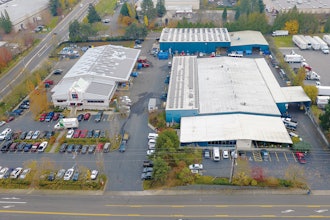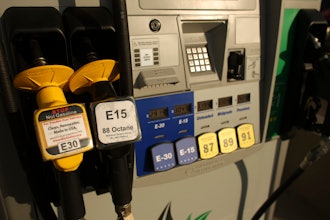This article originally ran in the April 2013 issue of Food Manufacturing.
Interview with J. Tom Boer is a partner at Barg Coffin Lewis & Trapp, LLP
Ammonia refrigeration leaks pose both safety and economic risks to food companies, but many are unaware of these hazards. Attorney J. Tom Boer spoke with Food Manufacturing about ammonia refrigeration regulations and how manufacturers can ensure their system’s safety.
Q: All food facilities with ammonia refrigeration systems are subject to potential enforcement by the EPA, but many companies don’t realize this. Why is there so little knowledge regarding EPA’s oversight of ammonia refrigeration systems in the food industry?
A: Federal regulation of ammonia refrigeration has a low profile for a number of reasons, including:
- Most food facilities do not have other operations regulated by EPA. Although EPA does inspect refrigeration systems, such inspections are relatively rare and focus on larger systems. As a result, the only interaction many facilities have with EPA is the scrutiny following an ammonia leak
- Since ammonia is an ancillary, rather than primary focus of these facilities, management may not be focused on the regulatory risks until an accident occurs
- Federal regulation has increased in the last couple of decades, including adoption of the Clean Air Act General Duty Clause in 1990 and the Risk Management Program requirements for larger systems, which became effective in 1999
Q: What EPA regulations regarding ammonia refrigeration systems affect food companies?
A: There are several key federal statutes and requirements:
- Leak Reporting Requirements: Emergency Planning and Community Right-to-Know Act (EPCRA) § 304 and the Comprehensive Environmental Response, Compensation, and Liability Act § 103. Releases of more than 100 pounds of anhydrous ammonia must be immediately reported to EPA’s National Response Center and certain state and local officials. Violations arise for both a failure to report and unjustified delay. Calling 911 will not satisfy the reporting requirement.
- General Duty Clause: Clean Air Act §112. Regardless of the size of an ammonia charge in a facility’s system, the Clean Air Act requires that a facility:
a) Identify hazards that may result from accidental releases
b) Design and maintain a safe facility
c) Take steps to minimize the consequences of any releases.
- Facilities with an ammonia charge in excess of 10,000 pounds are also required to implement a Risk Management Program, as spelled out at 40 C.F.R. Part 68. Components of the program are similar to the OSHA Process Safety Management Rule requirements and include hazard assessment, release prevention and emergency response.
- Ammonia Usage Reporting Requirements: EPCRA § 313. The Toxic Release Inventory requirements require facilities to file annual reports if they “otherwise use” 10,000 pounds of ammonia in any calendar year. EPA guidance indicates that only ammonia “added to” the system in a calendar year counts towards the threshold.
There are other environmental statutes which may become relevant in the event of a significant leak. For example, releases of ammonia into a water of the United States (such as a creek) may trigger enforcement under the Clean Water Act.
To continue reading the full article, click here to visit our partner publication, Food Manufacturing.























